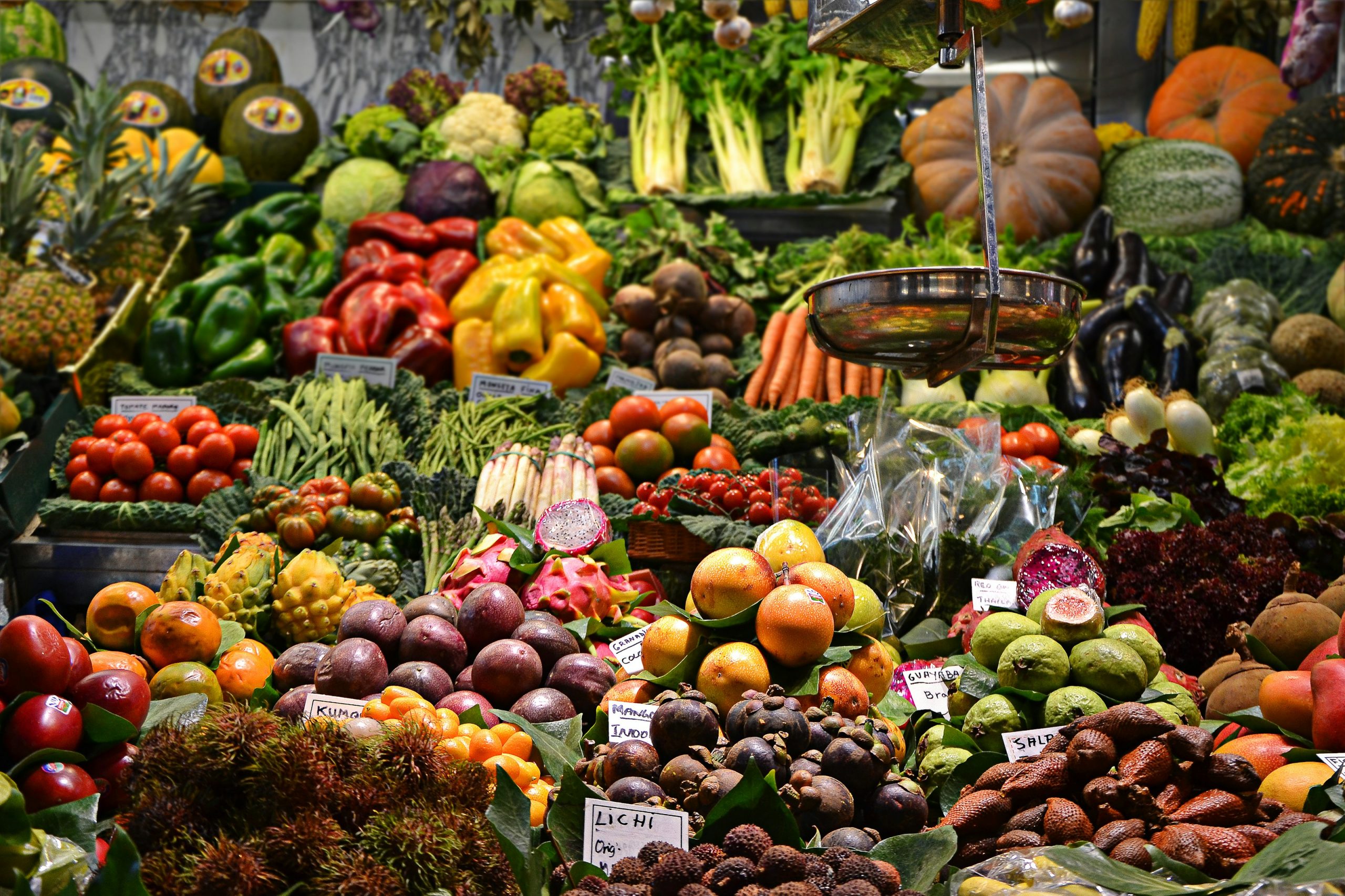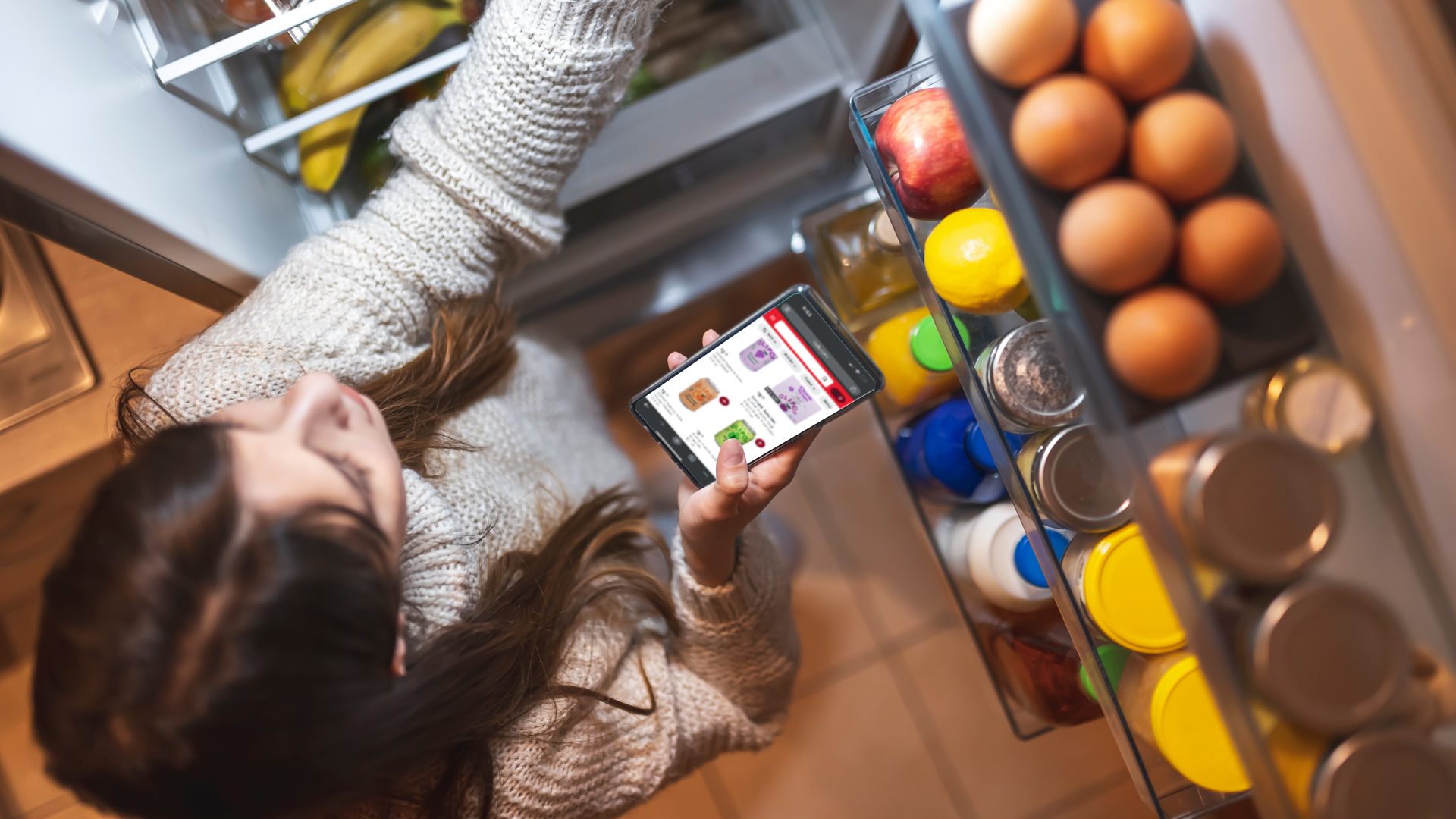Grocery e-commerce spending increased by an eye-opening $26 billion in 2020.
When the dust settled by year’s end, the 84% jump accounted for 9.5% of all U.S. food and beverage sales. According to a recent, collaborative report from IRI and 210 Analytics, that dollar share is anticipated to reach 12% by the end of 2021.
“We fully expect that grocery e-commerce will continue to grow, albeit it at a milder pace,” Anne–Marie Roerink, principal and founder of 210 Analytics, told The Food Institute. “People have curated their grocery lists over time and have come to rely on the convenience it provides.”
Here’s a look at key insights from the report, noting best practices for retailers to remain competitive moving forward.
E-Commerce Market Share
In 2020, the most popular way to buy food and beverages online, by dollar share, were:
- Local brick-and-mortar retailer websites (69%)
- Third-party delivery companies, such as Instacart (26%)
- Online-only food and beverage companies (5%)
The share generated through the online presence of brick-and-mortar retailers is not only the largest but also increasing, the report notes.
The Click-and-Collect Basket
Meanwhile, click-and-collect — in which an order is placed online, but the shopper picks up the order at the store — is outpacing delivery.
Most notably, click-and-collect shoppers now incorporate more perishable items, such as meat and produce. Website shoppers are also less price-sensitive and spend an average of 13% more per unit for fresh foods online.
Basket Loyalty
IRI studied the wallet share of a variety of brands in stores versus online and found that, in all instances, the online loyalty was significantly higher.
“More than four in five online consumers —or 82% —start with their past purchases when placing an online order,” Roerink said. “This means winning from the first click is crucially important, as is having a strategy to create visibility for new items, seasonal offerings, and flavor extensions.”
Increased Competition
According to the report, 79% of current curbside pick-up and 73% of grocery delivery customers plan to maintain those shopping habits post-pandemic. However, competition will continue to tighten as shoppers consolidate the number of sites they order from.
“During the [pandemic], ordering from different sites was a necessity,” said Roerink. “Now, it will all be about the convenience and time savings again.”
Key Takeaway: Focus on Fresh
Retailers can continue to strengthen their e-commerce strategies by utilizing techniques that reduce the gap between fresh and dry grocery purchases, notes Roerink.
- Build Pick Confidence: While more people ordered fresh foods online, meat, produce, and deli sales continue to lag. Building confidence that the store will pick items that are as good as the items consumers would pick themselves is a high priority.
- Enhance Selectivity: Offering more preference options, such as buy-per-unit for produce and portion sizing for meat and seafood, should increase purchase volume.
- Boost Impulse Buys: Many fresh categories, such as fruit, floral and baked goods, benefit from impulse purchases. Inspiring more impulse purchases online will be crucial to maintain spending, Roerink said.












